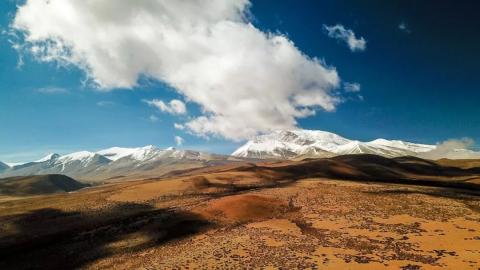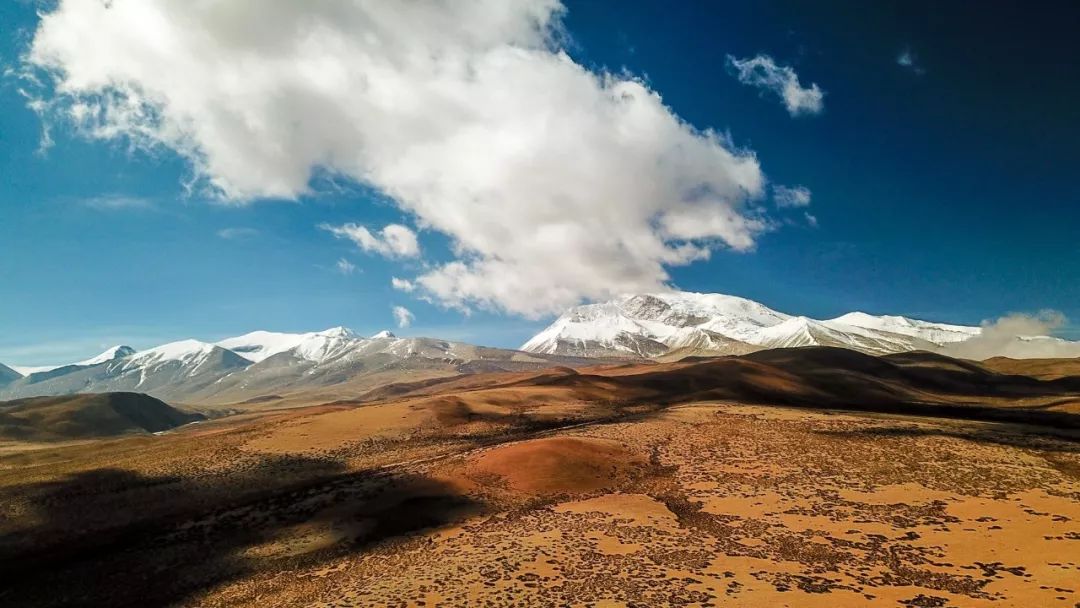
When taking the Ali South Line, I have to visit Ghost Lake every time. I remember when I saw Ghost Lake for the first time, tears flowed down involuntarily. It was green near and dark blue in the distance. The sunlight was shining on the lake. I really don’t know what words can describe that scene. The Ghost Lake and the Holy Lake Manasarovar live under the same snow-capped mountain . There is only a narrow hill between the two lakes.
Before setting off, I, like most of my friends, would be curious, why is Laangcuo called a ghost lake? There are many versions on the Internet. The following text is the most popular legend on the Internet.
The ghost lake and the holy lake live under the same snow-capped mountain. There is no hatred or war, only the desolate years of staying with each other for hundreds of millions of years. Some people say that walking by the ghost lake, you can see the vast world in front of you, with no one and no animals. It is like standing on the edge of the universe, but you have never been able to find your destination in life. (This paragraph is more like the description in Tibetan Buddhist scriptures)
Local Tibetans believe that the bottoms of the two lakes are connected. If one day the water of the Holy Lake flows into the Ghost Lake along the river channel, and gold fish and blue fish flow into it at the same time, the water of the Ghost Lake will become as sweet as the water of the Holy Lake. .
In fact, Ghost Lake was originally part of Manasarovar Lake, but due to climate change, the lake retreated and the water level dropped, so they were separated by a narrow hill. This statement comes from an encyclopedia. (I don’t really believe this statement, because Ghost Lake is a saltwater lake, while Manasarovar Lake is a freshwater lake)


Looking down from a high altitude, it doesn’t feel as charming as up close.






In front of Jiwu Temple is the holy lake Manasarovar Lake
